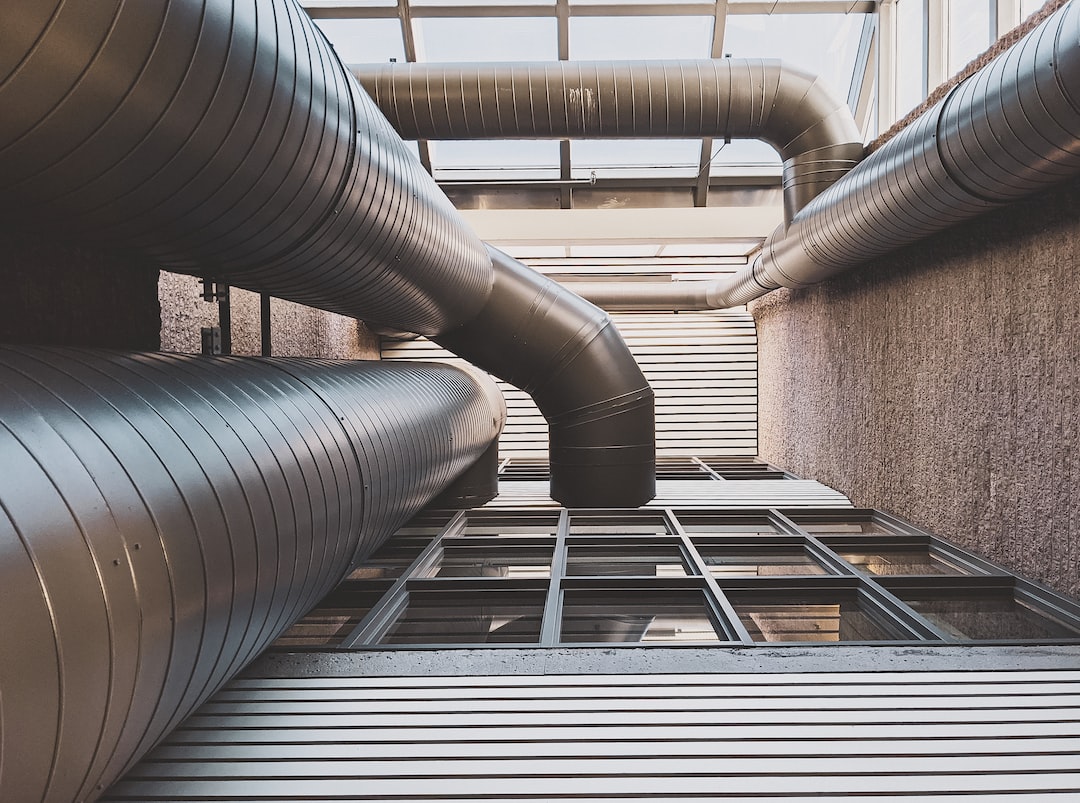The Potential of Drones in Various Industries: From Delivery to Surveillance
Drones have revolutionized the way we approach numerous industries, proving their potential to enhance efficiency, address logistical challenges, and even improve safety measures. With their ability to navigate through areas otherwise inaccessible to humans, drones have slowly emerged as a game-changer in sectors ranging from delivery services to surveillance. This article explores the different applications of drones in various industries and highlights the immense possibilities they present.
One of the most notable areas where drones have made a substantial impact is the delivery industry. It is no longer uncommon to witness delivery drones zipping through the sky, delivering packages to our doorsteps with remarkable speed and efficiency. Companies like Amazon and UPS have invested heavily in utilizing drones for last-mile delivery, addressing congestion on roads and minimizing the carbon footprint associated with traditional delivery methods. The potential of these unmanned aerial vehicles to revolutionize the delivery industry is undeniable, and as technology advances, we can expect to see even more efficient and sophisticated delivery systems through drones.
Apart from revolutionizing delivery services, drones have also found a place in the agriculture sector. Agricultural drones equipped with cameras and sensors have become an invaluable tool for farmers. These drones can survey vast stretches of farmland and collect data on crop health, moisture levels, and pest infestations. With this information, farmers can make better-informed decisions regarding irrigation, fertilization, and pest control, ultimately maximizing crop yields and reducing resource wastage. The ability of drones to cover large areas quickly and efficiently makes them an indispensable asset to farmers, allowing them to optimize their farming practices and improve overall productivity.
In addition to the delivery and agriculture industries, drones have provided a significant boost to the construction sector as well. Construction companies have traditionally faced challenges in monitoring and inspecting large construction sites, often leading to delays and increased costs. However, drones equipped with high-resolution cameras and 3D mapping capabilities have overcome these hurdles, allowing for more accurate site inspections, progress monitoring, and infrastructure maintenance. Drones can quickly capture aerial footage of construction sites, providing real-time updates to project managers and enabling them to identify and address potential issues promptly. By utilizing drones in construction activities, companies can streamline their operations, reduce costs, and improve overall project timeliness.
Beyond the aforementioned industries, drones have also made waves in the field of surveillance and security. Law enforcement agencies can now employ drones to enhance their surveillance capabilities by providing an aerial view during critical situations. Drones armed with high-resolution cameras and thermal imaging technology enable law enforcement to monitor large areas more effectively, rapidly respond to emergencies, and ensure public safety. Moreover, these drones can be used to inspect potentially dangerous areas, such as crime scenes or hazardous environments, minimizing the risk to human life. The potential for drones to aid in law enforcement and security operations is vast, providing invaluable support to the authorities and enhancing their ability to protect citizens.
Apart from the sectors already mentioned, drones have the potential to impact various other industries. For instance, in the entertainment industry, drones equipped with cameras have transformed the way movies and commercials are filmed, providing stunning aerial shots and unique perspectives. In the energy sector, drones can be used for inspecting wind turbines, solar panels, and power lines, reducing the need for manual inspections and increasing operational efficiency. Additionally, drones have the potential to revolutionize the healthcare sector by expediting the delivery of medical supplies, especially in remote and inaccessible areas, and aiding in the search and rescue missions during natural disasters.
However, as drones become more prevalent in various industries, it is essential to address concerns surrounding privacy and regulation. The use of drones raises questions about the infringement of personal privacy, airspace regulations, and potential security threats. Striking a balance between the potential benefits of drone technology and protecting individual privacy rights is crucial to harnessing their full potential.
In conclusion, the potential of drones in various industries is immense, from revolutionizing delivery services and enhancing agriculture practices to streamlining construction operations and bolstering surveillance efforts. Their ability to navigate through inaccessible areas and provide real-time data makes them invaluable in improving efficiency, safety, and productivity across a wide range of sectors. As we continue to explore their capabilities, it is crucial to address privacy concerns and establish proper regulations to ensure the responsible and ethical use of this transformative technology.

